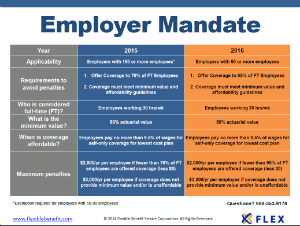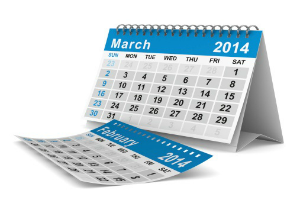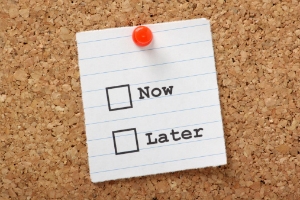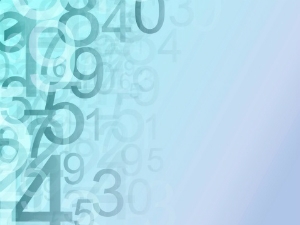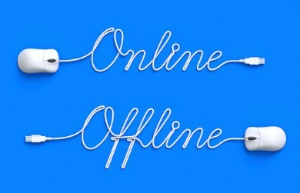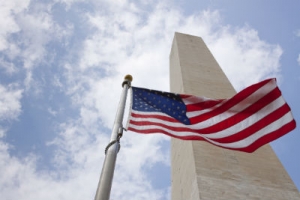Affordable Care Act
Today is the last day of February which means we are only one month away from the end of the first open enrollment period for individual health plans. March 31st is the last day that individuals can sign up for coverage without a qualifying event, but there is one big question that is still looming – Will the open enrollment period get extended to a later date?
- The Department of Health and Human Services (HHS) has reported Exchange application submissions have exceeded 3 million.
- The Congressional Budget Office (CBO) has updated 2014 Exchange enrollment estimates to 6 million.
- Some reports are showing that 22,000 Exchange applicants were enrolled in the wrong plan or received a lower subsidy than expected, 15,000 Exchange applications were lost and only 11% of Exchange applicants were previously uninsured.
The U.S. Department of Health and Human Services (HHS) published the 2014 Federal Poverty Levels (FPL) last week. The 2014 FPL guidelines have been raised 1.5% in comparison to the 2013 FPL. The FPL is a measure of income used to determine eligibility for various government programs including healthcare, housing and food stamps. The FPL is also used as part of the Affordable Care Act (ACA) to determine eligibility for subsidies available through the Health Insurance Marketplace, also known as the Exchange.
The U.S. Department of Health and Human Services (HHS) published a report earlier this week with details about enrollment numbers and other information as it relates to state and federal insurance exchanges. Below is a list of some key information that was included in the report.
The Small Business Health Options Program (SHOP) is a part of the healthcare reform law that is supposed to help small businesses provide affordable health insurance coverage to employees. Last month it was announced that the SHOP Exchange would be delayed until November 2014; however, this statement requires clarification as some of the core features of the SHOP are still available.
Healthcare Reform, Obamacare, Affordable Care Act, thingamajig, whatchamacallit, no matter your choice of nickname—it’s unavoidable this holiday season. Much like those ugly sweater holiday parties that force you to raid a family member’s closet or a local thrift store, your treasure hunt is now for the best, most affordable health insurance for yourself, family members, employees and/or clients.
A recent article gave insider tips on how to shop at a thrift store. A lot of these same practices apply directly to the insurance shopping experience under the new health law.
Note: All of the tips that the source article gave for shopping at a thrift store are listed within parentheses.
During the holidays, when you are face-to-face with family members, even a “simple” healthcare reform question may land you in the middle of an escalated political debate. You may even be the go-to person for these questions if you are known to be up-to-date with the latest news.
Last week, President Obama announced that Americans can keep individual health insurance policies that they were told will be canceled because they failed to meet requirements established by the Affordable Care Act (ACA).
By this time most of us are starting to become familiar with the subsidies that are available to eligible individuals that enroll in coverage through the Health Insurance Marketplace, also known as the Exchange. Many of us have also heard the phrase:
“If your household income is within 400% of the Federal Poverty Level you may qualify for a subsidy in the Exchange.”
This seems simple to understand on the surface, but this statement is packed with terms that require further definition. We’ve put together a summary to help you understand some of the key pieces of information within this statement.
Benefits Buzz
Enter Your Email
